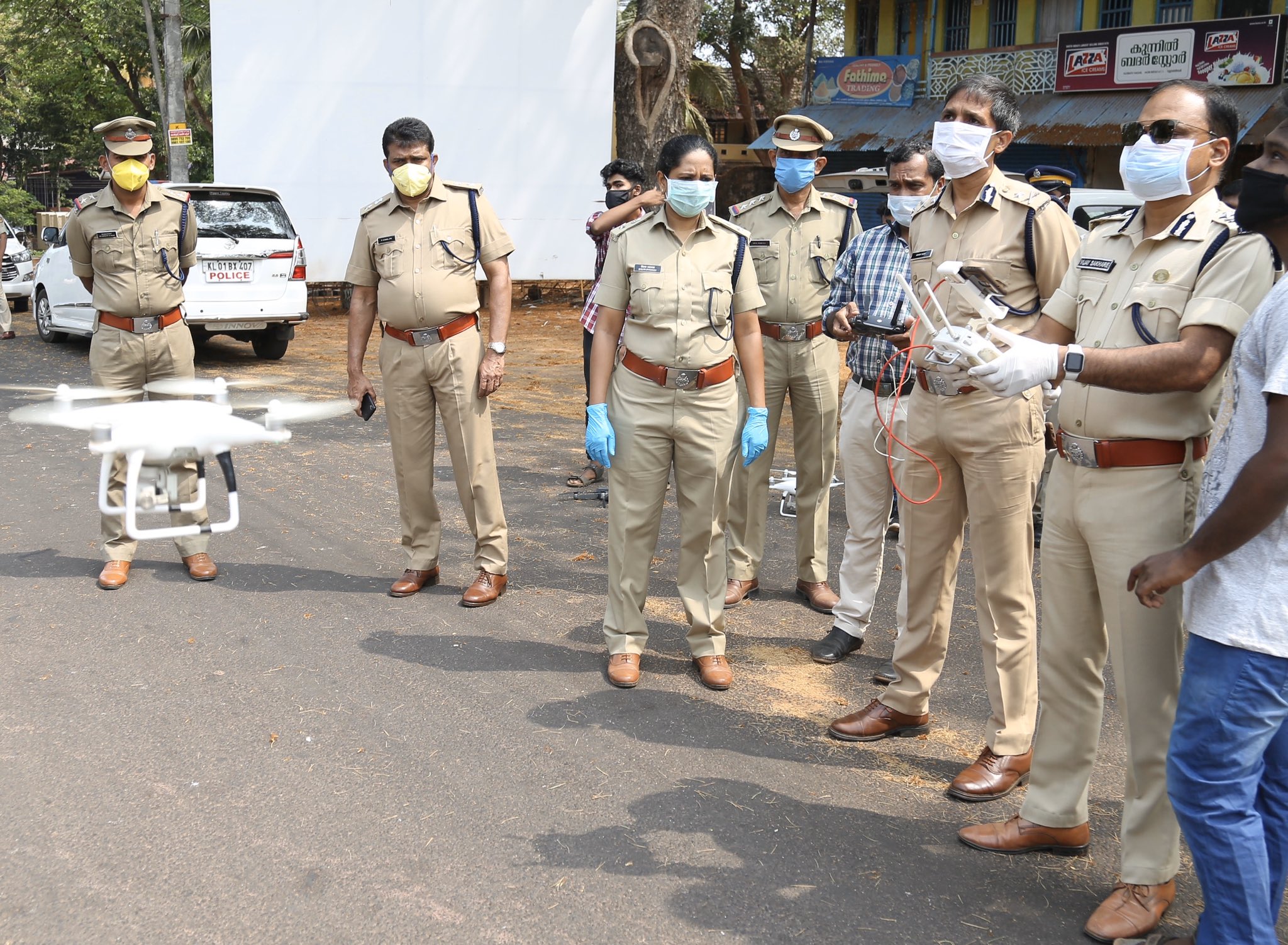
How police enforced lockdown in Kasaragod, Kerala's COVID-19 hotspot

Kerala has never failed to set an example for the nation when it comes to fighting against a virus. It was one the first states to record the rapid growth of COVID-19 infection, and also emerged as the first to combat the virus effectively.
Chief Minister Pinarayi Vijayan deputed top cop Vijay Sakhare to Kasaragod as a special officer on March 23, when the northern district was emerging as the country’s biggest COVID-19 hotspot.
Three weeks down the line, the district is now slowly turning into a safe haven for people, paving the way for a discussion on “Kasaragod Initiative of the Kerala Police” — a model that could be emulated in other heavily-hit areas in the country.
On March 31, the number of COVID-19 cases in Kasaragod had touched 106. The numbers rose to 164 on April 6. But in the last six days only 14 cases have been reported, a significant drop in the number of cases in the district.

Sakhare, who is the commissioner of Kochi city police, told PTI, “It was possible only because of our containment strategy. Basically our strategy was based on three locks – Lock 1, Lock 2, and Lock 3 – to ensure people do not mix up and the infection does not spread.”
Taking charge as special officer, the Inspector General-rank officer enforced the three locks in the district in line with the lockdown measures taken by the central and state governments to arrest the spread of the deadly virus there.
“The locks were put as part of a three-pronged strategy to completely isolate the primary and secondary contacts of COVID-19 positive persons who had come from abroad, particularly Gulf countries,” said Sakhare.
“Lock 1 was implemented doing traditional policing methods like road block and mobile patrolling. Through this measure we were able to control the people coming out of their homes,” he said.
The second strategy was the implementation of Lock 2: creating a Geographical Infromation System, mapping all the positive cases, all home-quarantined persons, all the expatriates who came from the foreign countries and primary and secondary contacts of the positive persons.
“Very interesting picture emerged. We saw that all the positive cases are concentrated only in seven areas of the district spread over five police stations. We isolated those areas by cordoning them off. All roads leading to these areas were blocked and nobody was allowed to go in or come out,” said the IPS officer.
Related news: By flattening the curve, Kerala shows the way to rest of India
The police then put the third lock, declaring the seven areas as ‘Covid Containment Zones’ to isolate the worst-affected places from rest of the district.
Based on the inputs that COVID-19 positive persons who came from abroad had stayed at their homes, met their friends and mingled with family members, the police included all of them in the list of primary and secondary contacts.
“After identifying these contacts, we put them under the third Lock. They were locked in isolation using technology as well as traditional policing methods,” Sakhare said.
“As part of the third lock, we put police guards in front of their homes. We created a beat patrol policing covering 10 to 12 houses of the affected persons. The police personnel visited their homes and educated them on the importance of staying their homes”, he said.
“Besides, all the houses, where the primary and secondary contacts resided, were brought under drone surveillance,” Sakhare said. He said COVID-19 safety apps were also installed in the phones of the primary and secondary contacts.
“If somebody tries to leave his home, then we get an alert. In that case, we go and shift such people to government quarantine facilities besides initiating legal actions against them. Three days after implementing the third lock, we moved 107 people into government quarantines because their actions were dangerous to the society. The app was installed in the phones of over 10,700 home quarantined people,” the officer said.
Related news: Kerala has succeeded in flattening the COVID-19 curve. Here’s how
The district police launched home delivery service in COVID containment zones to deliver essential items at the doorsteps of the people to ensure they remained indoor. The door delivery programme was later extended to all parts of the district.
The police also launched a Kasargod Suraksha App to provide tele-medicine assistance to those isolated and wanted to consult with doctors for their various ailments.
The top police officer said from April 14 up to April 21 “we expect only 12 to 14 cases” in the district. It will further come down to single digit by the month-end and “four weeks from now, I expect the case will be zero. (There’d be) no report of COVID cases,” he added.
Out of the 166 who were infected in the district, 73 got cured. No fresh cases were reported on Monday.
The death toll due to coronavirus infection in India rose to 339 while the number of cases soared to 10,363 on April 14, said the Union Health Ministry.
(With inputs from agencies)

